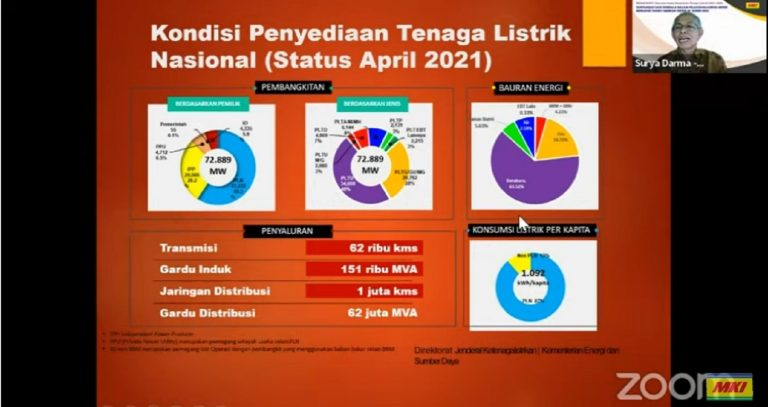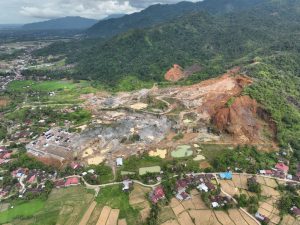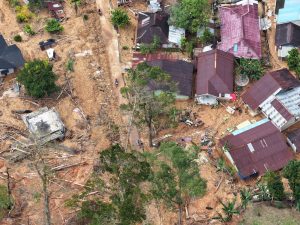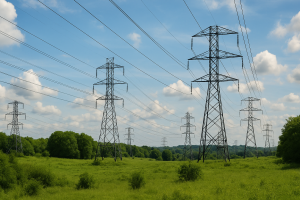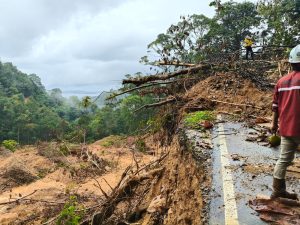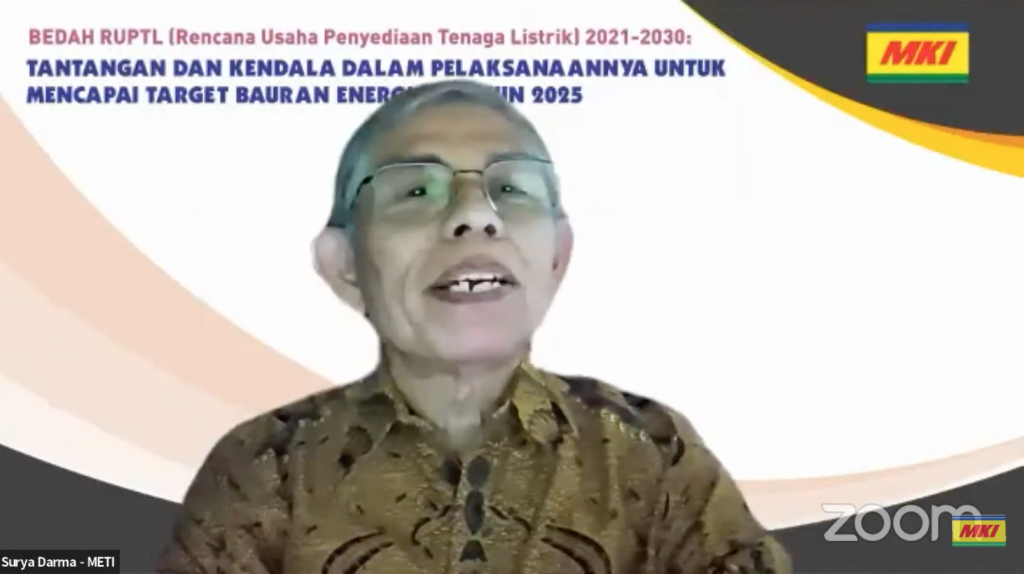
JAKARTA – Indonesian Renewable Energy Society (METI) chairman Surya Darma revealed in a webinar on Wednesday (23/2) that pursuing the target of new and renewable energy mix (NRE) of 33%-34% in the electricity sector in 2025 is difficult.
“To meet the 23% target in 2025 is a very big challenge. From electricity, the (NRE mix) target in 2025 is not 23%, but around 33%-34%. If you refer to this figure then it is very difficult,” he said in a webinar on RUPTL analysis: Challenges and Obstacles in its Implementation to Achieving the Energy Mix Target in 2025, organised by the Indonesian Electricity Society (MKI).
Currently, the biggest challenge to meet net zero 2050 in general is to reduce emissions by 29% from forestry 17% and energy sector 11%. In the energy mix, currently more than 63% still comes from coal.
According to Surya Darma, efforts to achieve the target of the NRE mix in the 2021-2030 Electricity Supply Business Plan (RUPTL) are not in accordance with the National Energy Policy (KEN). Referring to KEN and the General National Energy Plan (RUEN), he explained that the 23% mix target is for energy as a whole, including from fuel oil (BBM), use in the industrial sector, and also electricity.
Realisation is far from expected
Based on the energy re-evaluation release from the Ministry of Energy and Mineral Resources, potential for NRE resources is still 3,698 GigaWatt (GW). However, the problem is that building an NRE power plant takes longer to integrate from upstream to downstream, compared to fossil energy power plants. The development of NRE power plants in the last five years is not significant, even almost stagnant. NRE growth is dominated by biofuels, and this poses new problems, such as the scarcity of cooking oil.
Furthermore, the government’s funding capacity is limited, so private involvement is needed. However, the private sector will take into account that the investment in the NRE sector will get a reasonable return. “The private sector will calculate if it is time to invest in this sector. The longer this time is set, the longer the incoming NRE will be,” said Surya Darma.
The number of different policy centres in the energy sector also pose obstacles in the energy transition. Other ministries and government bodies other than the Ministry of Energy and Mineral Resources also implement policies in the energy sector, such as the Ministries of Environment and Forestry, Public works (PU), Agriculture, Finance, National Development Planning, Land Affairs and local government agencies. (Hartatik)

